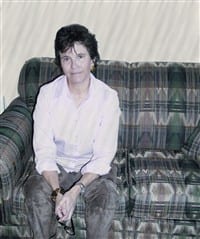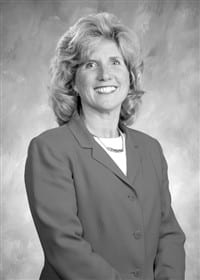HMC Wound Care Program Scores
HOLYOKE — “Sometimes, healing a wound includes touching a heart.”
These are the words of Charlotte A. Langlois, registered nurse and clinical educator at Holyoke Medical Center (HMC), whose sentiments have aided the healing process for hundreds of patients suffering from pressure, ulcers, colostomies, incontinence, and draining wounds.
Langlois, who is also a certified wound care nurse, and Jacqueline M. Roy, certified urology registered nurse, are resource personnel for physicians and nursing staff who care for patients with altered skin impairments and urological issues. In addition to providing experienced clinical care on a daily basis, they incorporate compassion in this delivery of care.
“We respect a person’s privilege to choose what is right for them by educating the patient concerning the treatment choices being offered,” said Langlois.
Since 1999, HMC’s wound care program has participated in the National and Regional Quality Assurance for Wound Care. In 2003, HMC’s statistics indicate 50{06cf2b9696b159f874511d23dbc893eb1ac83014175ed30550cfff22781411e5} fewer wounds than other New England hospitals.
Langlois and Roy attribute the success of the wound care program to members of the hospital management team, who recognize the need to purchase and utilize new technology and state-of-the-art products for the delivery of quality care. Working with nurses, physicians, physical therapists, dietitians, discharge planners, information systems, and various other departments, they have integrated new technology into the hospital setting. As clinical educators, they have developed many education programs for physicians, nursing staff, and the community.
“We do have a very successful program here, and we plan to continue to offer high-quality services and to research new products that will not only benefit the nursing staff but will also provide cost-effective quality care to patients,” said Roy.
Some of the new products and equipment that have been introduced within the past few years are comfortable pressure-relief beds used throughout the hospital; bladder scanners that work like an ultrasound to determine how much urine is left in the bladder after elimination; new wound dressings, creams, and powders that aid in tissue growth and help to decrease infection while keeping the skin warm and dry; and new ostomy pouches and wafers that are easier and more efficient to use, said Langlois.
“Many people will go for months or years without telling their doctor about certain issues, such as loss of bladder control, because they feel embarrassed,” said Roy. “It is important that people become informed of treatment options to help manage this frustrating condition.”
Langlois said that healing goes beyond wound care. “It encompasses the psychosocial and physical needs of the patient,” she said, “ultimately increasing the power to heal.”



